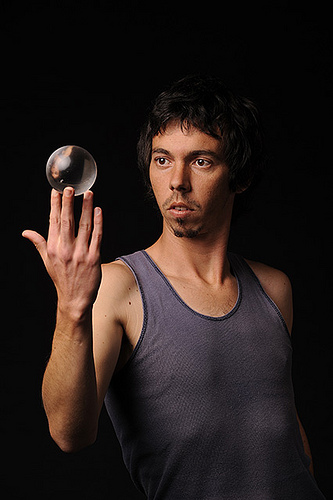Five things your Mama never told you about portraiture
 Good portrait photography comes with its set of dos and don’ts. Most tend to focus on lighting, posing, posture and the like – but what about the details that are often missed, details that can make or break a portrait?
Good portrait photography comes with its set of dos and don’ts. Most tend to focus on lighting, posing, posture and the like – but what about the details that are often missed, details that can make or break a portrait?
At the last Venture Photography Practical Portraiture workshop, instructor Greg Perry covered an extensive list of approaches to effective portraiture. In amongst his gems of wisdom were a few important and practical tips that I thought I’d share. So, here they are: the top five things your Mama never told you about portraiture.
1. Check the nose
We’re often told that the eyes are the window to the soul and that as portrait photographers, we need to give focus to the eyes (or at the very least, the eye closes to the lens). But just as important, you need to watch that nose.
Make sure that if you’re taking a portrait of your sitter in 3/4 profile or thereabouts, that their nose does not break the line of the cheek farthest from the lens. Otherwise, you’ll get an odd looking and slightly discomfitting portrait.
2. Foreshortening and subject to camera distance
Be careful when you pose your sitter with their limbs extended in your direction. Perspective can wreak havoc with foreshortened limbs, making hands and feet appear unnaturally large.
Where possible, make sure that your sitter isn’t stretching their arms or legs towards the camera; if they are, change their pose.
If you can’t avoid this, then step back and zoom in – this compresses perspective and reduces the effect of overly enlarged hands or feet!
3. Speedlight orientation
 When shooting in portrait orientation with your speedlight on your camera (ie with the camera turned 90 degrees on its natural axis), watch where you position that speedlight.
When shooting in portrait orientation with your speedlight on your camera (ie with the camera turned 90 degrees on its natural axis), watch where you position that speedlight.
Orient your speedlight on the side of the cheek furthest from the camera (the side where the nose is pointing) to eliminate a forward angled shadow from the nose on the furthest cheek, particularly if you are using flash as the key (main) light.
If the key lighting is being provided by another source (eg. the sun) then the fill-flash should also be on that side of the lens to ensure you don’t get a crossed shadow. Try to visualise having the person facing towards the key light, and keeping the fill flash on that same side of the lens.
4. Watch that tree, pole, pipe etc
Even though your sitter is the centre of attention in your photograph, be aware of background elements that could spoil your composition. Watch out for that pipe, pole, pillar or tree that could suddenly appear to jut out behind your sitter’s head.
Even if you’re shooting at a shallow depth of field, such elements can still create visual distraction. Watch out for specular highlights in the background that can also draw attention away from the human subject within the frame. Try and keep the background simple and consistent.
5. Don’t be afraid to tilt
 While flattering portraits are often taken from eye level (or slightly above, for women, or below, for men), and with the sitter on the same axis as the photographer (and hence, the viewer), don’t shy away from experimenting with the Dutch or Russian tilt. Hold the camera at a slight angle, so that the subject appears to tilt to the left or right.
While flattering portraits are often taken from eye level (or slightly above, for women, or below, for men), and with the sitter on the same axis as the photographer (and hence, the viewer), don’t shy away from experimenting with the Dutch or Russian tilt. Hold the camera at a slight angle, so that the subject appears to tilt to the left or right.
This can create a sense of imbalance and dynamism that can energise the portrait. If your sitter is expressing strong emotion (eg. laughter), then the tilt can add to the energy created by his or her expression.
These are but a handful of useful tips that can help make you take better portraits. Do you have your own set of “things your Mama never told you about portraiture”? What are they?

No Comments